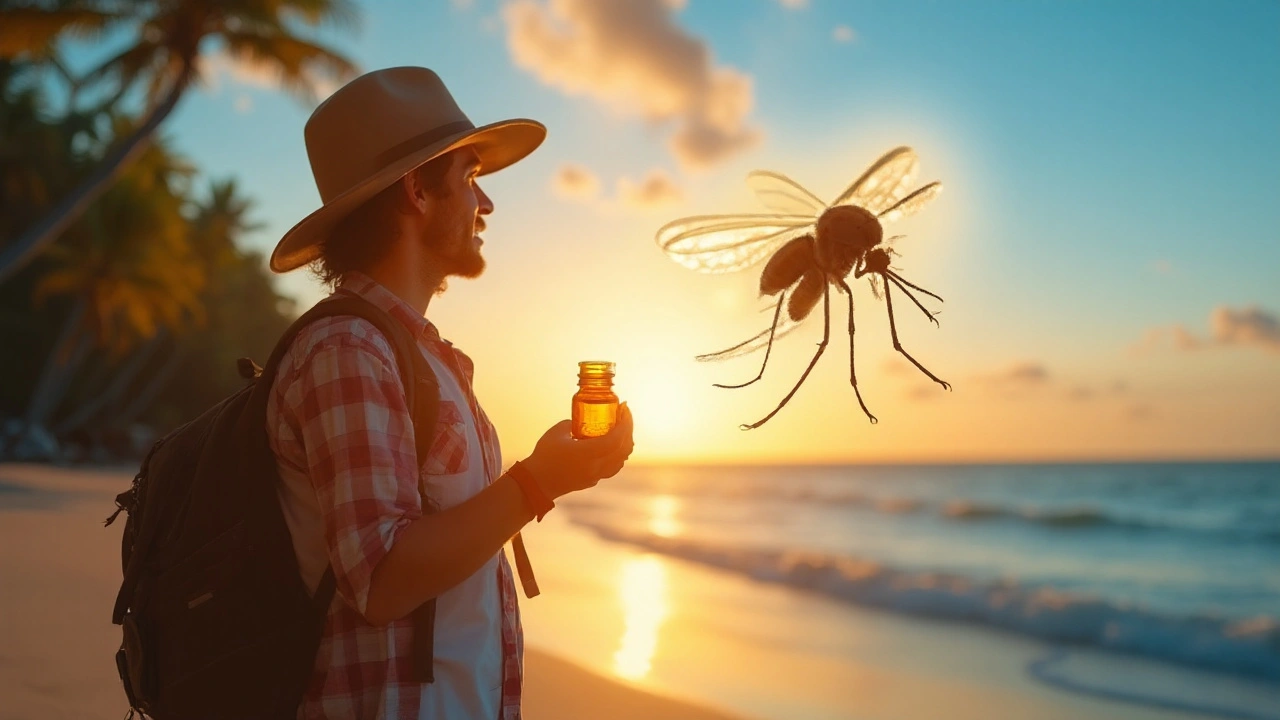Malaria Prophylaxis: Simple Steps to Stay Safe
If you’re heading to a region where malaria bites are common, the first thing you need is a clear plan. Malaria isn’t a mystery disease – it’s preventable with the right preparation. That means picking the proper antimalarial drug, timing your doses, and following everyday habits that keep mosquitoes at bay. Below you’ll find a straight‑forward guide that covers everything you need before you pack your bags.
Choosing the right antimalarial
Not all antimalarial medicines work the same way, and the best choice depends on where you’re going, how long you’ll stay, and your health history. For most sub‑Saharan African trips, doctors often recommend atovaquone‑proguanil (Malarone) or doxycycline. Malarone is easy on the stomach and works for a short break‑in period, while doxycycline is cheap but can cause sun sensitivity.
If you’re traveling to Southeast Asia or the Pacific, mefloquine (Lariam) is another option, though it can cause vivid dreams or mood changes for some people. Before you decide, talk to a pharmacist or travel clinic. They’ll check for drug interactions, especially if you take blood thinners or have liver issues.
Start the medication before you arrive – typically one or two days ahead – and keep taking it for the recommended period after you leave (often seven days for Malarone, four weeks for doxycycline). Missing a dose can leave you exposed, so set a daily reminder on your phone.
Practical steps while traveling
Even the best drug can’t protect you if a mosquito lands on you at night. Use insect repellent that contains at least 30% DEET, picaridin, or oil of lemon eucalyptus. Apply it to exposed skin and reapply every six hours, especially after swimming.
Sleep under an untreated or insecticide‑treated mosquito net if you’re staying in places without air‑conditioned rooms. Nets that are tucked securely around the mattress create a solid barrier against night‑biting Anopheles mosquitoes.
Dress smart: long sleeves, long pants, and shoes that cover your ankles reduce the amount of skin a mosquito can bite. In hot climates, choose lightweight, breathable fabrics that still cover you.
Don’t forget the malaria vaccine (RTS,S/AS01) if it’s available for you. The vaccine isn’t 100% protective, but it adds another layer of defense when combined with meds and repellents.
Finally, stay aware of symptoms. Malaria can start 7‑30 days after a bite, with fever, chills, headache, and muscle aches. If you feel any of these, seek medical help immediately and mention your travel history. Early treatment saves lives.
Putting these steps together – the right drug, consistent dosing, and solid bite‑prevention – gives you a strong shield against malaria. Travel smart, follow the plan, and enjoy your trip without worrying about this preventable disease.

Lariam Explained: Uses, Dosage, Side Effects & Safety Tips
Learn what Lariam is, how it prevents malaria, proper dosing, common side effects, and safety advice for travelers in a clear, practical guide.
